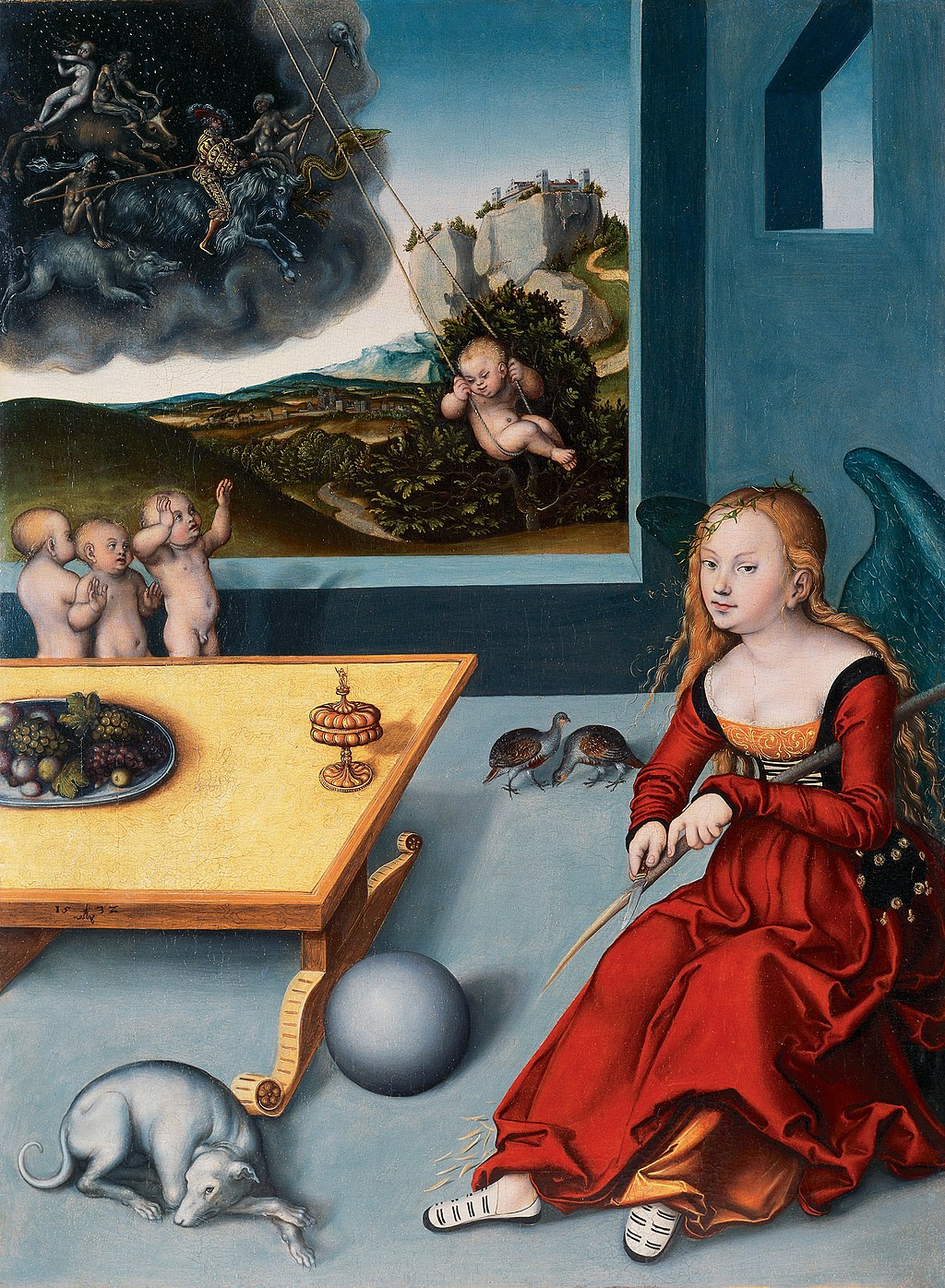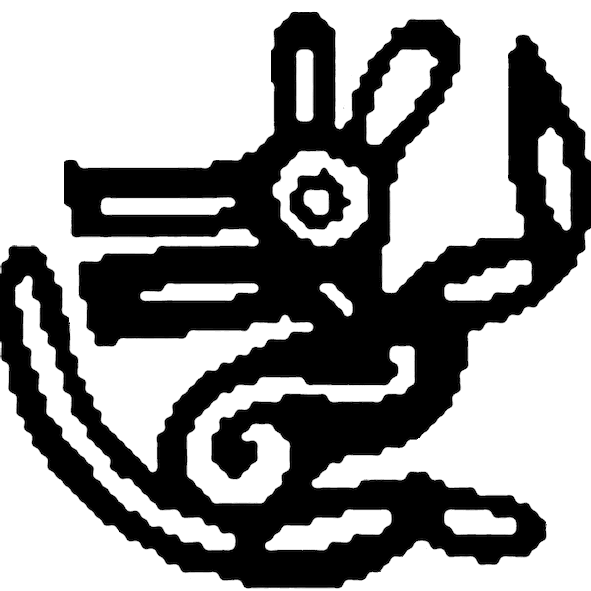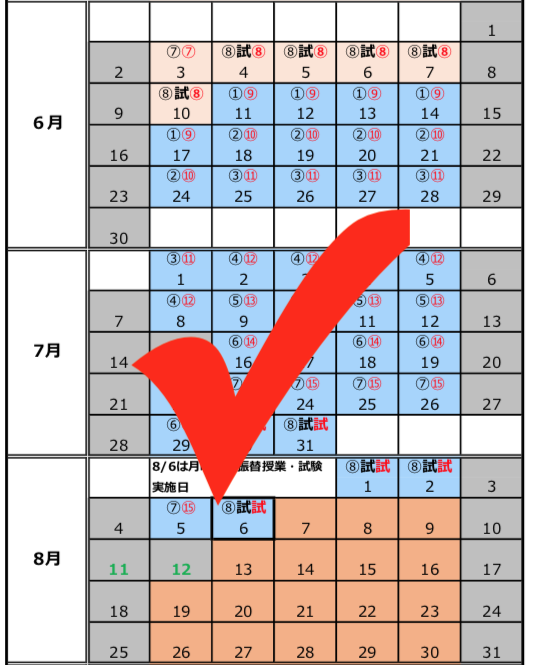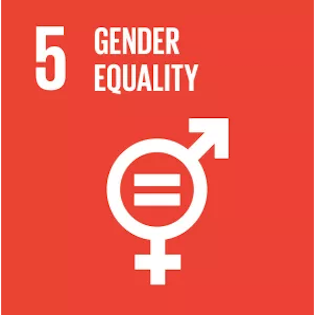セシル・ヘルマンの医療人類学入門
セシル・ヘルマンの医療人類学入門
Introduction to Medical Anthropology: Undestanding other
cultures

池田光穂
異文化理解(いぶんか・りかい;Understanding of other cultures)と は、複数 の「文化」の概念を前提にして、自分のそれ(=文化)とは「異なる文化=異文化」を、理解した り、解釈したりしようとする努力のことをさします。異文化を理解するためには、自分が対象にしようとしている「異文化」ないしは「文化」が 輪郭をもった集合体である ことを認識することが重要です。そして、異文化ないしは文化を理解する、さまざまな学問があり、自分が、どのような方法論に依拠するのかについて、次に 自覚することが重要です。他方で、「自分以外の人の 生き方を想像する能力」 がいかにして可能になるのか?という審問も異文化理解の概念を考える上で重要なことになります。これらのことを、人間集団は同じ身体構造や共通の生理学的 メカニズムがあるにもかかわらず、なぜ、世界の人々の身体観、健康観、病気観が、これほど異なるのかについて、さまざまな事例を紹介しつつ、考察していき ましょう(→「セシル・ヘルマン先生と医療人類学の教科書」)。
| 授業担当者:池田光穂(Mitsuho
Ikeda) |
池田光穂 |
Introduction to
Medical Anthropology |
||||||||||||||||||||||||
| 履修対象/Eligibility |
1,2,3,4,5,6年生(大阪大学コ
ミュニケーションデザイン科目/人間科学部・異文化理解) |
|||||||||||||||||||||||||
| 開講時期/Schedule |
【終了案件】夏学期:月曜3-4限
(6/17,6/24,7/1,7/8,7/22,7/29) |
Summer Term,
Mon 3,Mon 4 |
||||||||||||||||||||||||
| 講義室/Room |
【終了案件】吹田キャンパス(人間科学部)人間科学部 41講義室(本館) |
|||||||||||||||||||||||||
| 講義題目/Course Name |
異文化理解(「医療人類学講義」) |
Understanding
Other Cultures: Introduction to Medical Anthropology |
||||||||||||||||||||||||
| 授業の目的と概要/Course
Objective |
異文化理解(いぶんか・りかい;Understanding of other cultures)と は、複数 の「文化」の概念を前提にして、自分のそれ(=文化)とは「異なる文化=異文化」を、理解した り、解釈したりしようとする努力のことをさします。人間集団は同じ身体構造や共通の生理学的メカニズムがあるにもかかわらず、なぜ、世界の人々の身体観、 健康観、病気観が、これほど異なるのかについて、さまざまな事例を紹介しつつ、考察していきましょう。 | What is
medical anthropology? How do medical anthropologists investigate on
suffering and healing not only of human beings but also of animals and
other life forms? This course will be particularly attentive to these
questions. |
||||||||||||||||||||||||
| 学習目標/Learning Goals |
1.セシル・ヘルマン『医療人類学』に書いてあることを、解説するので、予習と復習をとおし
てその内容を理解する。 2.セイヤーメソッド(反転学習)で勉強したことをもとに、教室で議論することができる。 3.グループで学習したことで、さらに学びたいことを、自分たちで獲得し、その結果について教師に対して評価を求めることができる。 4.新たに学んだことを通して、授業担当の教師に対して、《授業内容の改善点》を提案することができるようになる。 |
1. Explain the
difference between illness, disease, and sickness. 2. Critical analyze the the strengths and weakness between traditional and alternative, and biomedicine. 3. Explain the present situation of global and planetary health 4. Understanding the links between biological, psychological and social aspects of health. |
||||||||||||||||||||||||
| 履修条件・受講条件
/Requirement; Prerequisite |
どなたでも受講できます。 |
Both undergraduate
and postgraduate students will be welcomed! |
||||||||||||||||||||||||
| 特記事項/Special Note |
特にありません。 オフィスアワー(随時)は、豊中キャンパスの池田のオフィスでおねがいします。 rosaldo[at]cscd.osaka-u.ac.jp で予約してください。 COデザインセンターへのアクセスは、 http://www.cscd.osaka-u.ac.jp/user/rosaldo/CSCD_direction_shibahara.html |
We
think that the students will get an incentive that increases their
willingness to learn if they read the syllabus and imagine what the
theme will involve before the classes and gather information in
preparation. |
||||||||||||||||||||||||
| 授業計画/Special
Plan (回)題目/Title:内容/Content |
 1. 医療人類学入門(1.医療人類学の視座、19.医療人類学における新しい研究方法) 2. 身体の文化的構成・壱(2.身体:解剖学と生理学の文化的説明、3.食習慣と栄養) 3. 身体の文化的構成・弐(14.新しい身体・新しい自己:遺伝学とバイオテクノロジー、16.エイズの世界的流行、17.熱帯病:マラリアとハンセン 病) 4. 苦悩と文化そして「狂気」問題(7.痛みと文化、9.儀礼:人間は不幸をどのように解決するのか、10.異文化間精神医学、11.ストレスと苦悩の 文化的要素) 5. ヘルスケアシステム(4.ケアと治療:さまざまなヘルスケアセクター、5.医師‐患者の相互関係) 6. 医療の統治性[ガバメンタリティ](6.ジェンダーと生殖、15.疫学における文化的要素) 7. グローバルヘルス(8.文化と薬理学:医薬品・ドラッグ・アルコール・タバコ、12.移住・グローバリゼーション・健康、13.遠隔医療:テレメ ディスンとインターネット、18.医療人類学とグローバルヘルス) 8. まとめ
|
|||||||||||||||||||||||||
| 授業形態/Type of Class: |
レクチャー、課題解決法を用いたアクティ
ブラーニング |
Lecture subject |
||||||||||||||||||||||||
| 授業外における学習
/Independent Study Outside of Class |
途準備している「ウラバス」(https://goo.gl/97XFZ9)を参照にして、さまざまな情報にア
クセスしてください。使い方は、授業中に説明します。 |
Matters
such as the downloading of materials for revision and changes to the
schedule will be notified on the “Qualitative research design and
ethnography” page linked to on the web page as URL https://goo.gl/xPqYKz |
||||||||||||||||||||||||
| 教科書・教材/Textbooks |
い
わゆるネタ本は、『ヘルマン医療人類学 : 文化・健康・病い』ならびに原著Culture, health, and illness(5th
ed.)です。高価な書籍ですので、将来、医療人類学の分野で働きたい、社会的に活躍したい人にとっては、おすすめの本です(kindleもあります) ●セシル・ヘルマン 『ヘルマン医療人類学』にアクセスしてくだ さい! |
Culture, health,
and illness, by Cecil G. Helman, CRC Press, Taylor & Francis Group
, 2007 |
||||||||||||||||||||||||
| 参考文献/Reference |
私のサイト「医療人類学入門(https://goo.gl/uCh64r)」からアクセスしてください。 |
After beginning
the lecture, the further references will be recommended as URL
https://goo.gl/xPqYKz |
||||||||||||||||||||||||
| 成績評価/Grading Policy |
各人で、自分用のポートフォリオを作って
管理し、中間レポート、プレゼンテーションを通して、総合的に判断します。ただし、その評価の割合は、授業への参加度60%、レポートによる成績40%を
基準とします。 |
Comprehensive
judgment based on the class participation (60%) and report (40%) with
consideration of the class participation (= spoken contribution to
classes). |
||||||||||||||||||||||||
| コメント/Other Remarks |
わからないことがあればメールで聞いてみ
よう!池田光穂(rosaldo[at]cscd.osaka-u.ac.jp) |
After beginning
the lecture, the useful information for students will be opened as URL
https://goo.gl/xPqYKz |
||||||||||||||||||||||||
| キーワード/Keywords |
医療人類学、文化、身体、疾病(疾患)、病い |
medical
anthropology, culture, body, disease, illness |
||||||||||||||||||||||||
| 受講生へのメッセージ/Messages
to Prospective Students |
  この授業テーマは、国連の
持続可能な開発目標課題「すべての人に健康と福祉を」「ジェンダー平等を実現しよう」に関連するテーマ授業です。(→「プライマリーヘルスケア」「アルマアタ宣言」) この授業テーマは、国連の
持続可能な開発目標課題「すべての人に健康と福祉を」「ジェンダー平等を実現しよう」に関連するテーマ授業です。(→「プライマリーヘルスケア」「アルマアタ宣言」)また、文科省「医学教育モデル・コア・カリキュラム」(平成28=2016年度改訂版)の「B.社会と医学・医療」に、本授業を関連づける場合は「医療人類学教育コアカリキュラム」をご参照ください。 |
Do
you know the motto printed in T-shirt of a used book store in Berkeley,
California, "Moe's" that I found ? - "Reading is Sexy." It's Great that
I think. I will add in our class, "Reading and Discussing are also
Sexy, Philo-Sophies." This is my motto of objectivity of this class. |
++
リンク(医療人類学教育)
リンク(国際公衆衛生政策)
リンク
文献
その他の情報
---------------------------------
****
Copyleft, CC, Mitzub'ixi Quq Chi'j, 1996-2099

